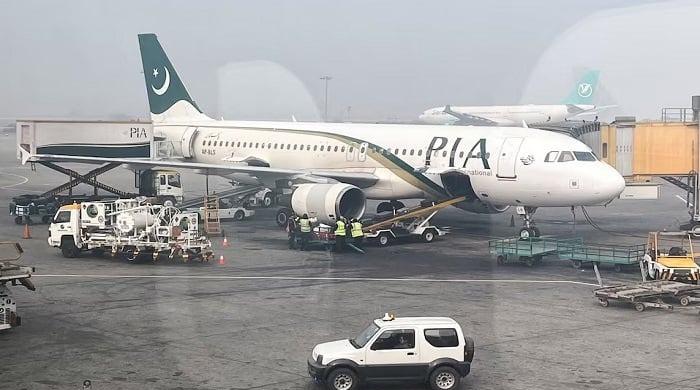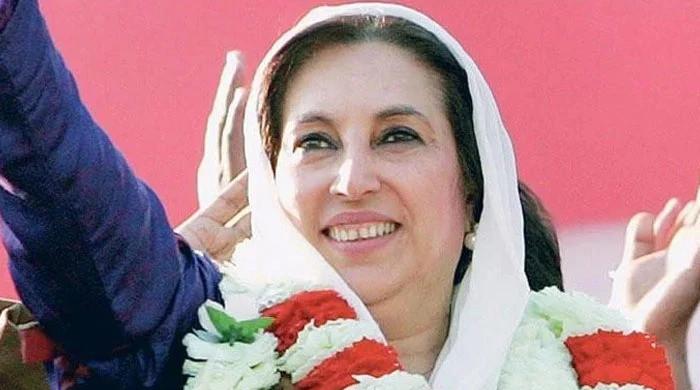Entangled in plastic
Over 55 billion plastic bags are being used in Pakistan each year
September 04, 2018
Plastics started out as a convenience for us, but now it has become a serious impediment to the global ecosystem. The exponential rise of plastics to replace traditional materials started in the 1950s. In addition to its handiness, another factor that helped its popularity was durability.
The first warning bells sounded in scientific literature in the early 1970s, yet it provoked little response. It wasn’t until a decade ago that plastic waste and its menace entered our collective consciences.
Plastic waste like many other pollutants is a trans-boundary issue, and not just an environmental one. It is also a social and economic problem with few easy solutions at hand. Initially, the global production was at one tone per year, which was manageable. But then things got out of hand. The current production stands at 355 million metric tons per year - fifty per cent of which is produced in Asia. Alarmingly, the production is predicted to increase by four per cent every year.
While many countries now have plastics, specifically single-use plastics, on their radar, unfortunately, Pakistan has yet to formally join the bandwagon. One reason is the increasing consumer demand. It is durable and cost-effective, two key factors that drive demand in general and especially in developing countries like Pakistan.
As per reports, three out of four households in the country consume single-use plastic bags for their groceries and for most of their purchases. It is estimated that 55 billion plastic bags are being used in Pakistan each year. The usage is expected to increase by 15 per cent per annum. There are a total of 8,021 production units which produce around 250 to 500 kg of plastic bags per day.
Issues that negatively impact our environment have a direct negative impact on our well-being as well. The problem is that we usually ignore the initial warning signs. Coming across images of animals stuck in single-use plastic waste on social media gets our temporary sympathy until something else grabs our goldfish attention. However, more substantial reactions are mandatory. That turtle you saw stuck in the plastic bag, it acts as the ocean cleaner and if turtles are wiped out, it will have a direct impact on our food chain.
Even though plastic waste it detrimental to all kinds of wildlife, but the biggest impact is on the marine wildlife. Oceans receive around eight billion kgs of plastic every year. The waste is encroaching and destroying the oceans’ ecosystem, which means that one of our key food source is being compromised and the livelihoods of all those associated with this ecosystem. In the long run, this can add to the crisis of migration and refugees as well.
Globally only 18 per cent of plastics are recycled. The rest is dumped on land and oceans. The plastic waste doesn’t stay at the bottom of the ocean, it ends up in our food and drink. This cycle adds to our health problems. Studies have shown that heating food in plastic containers is carcinogenic. The added medical bills add to economic problems which is an additional burden to the majority of the people living in developing countries like Pakistan.
The crux of the issue is that the majority of the plastics by design are made for single use and they don’t go away, meaning they are not biodegradable. A single plastic waste item takes 400 years to degrade which means that the plastic waste we create today will be around much after we are gone. Is that the legacy we want to leave?
Arif a marketing professional currently working in the development sector. She tweets at @FatimaArif
Note: The views expressed are those of the author, and do not necessarily reflect the official policy or position of Geo News or the Jang Group.









